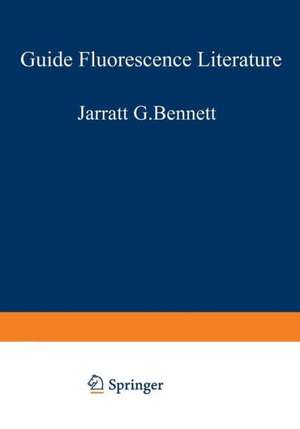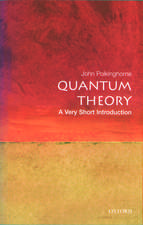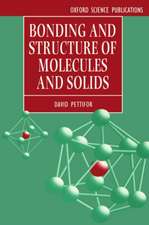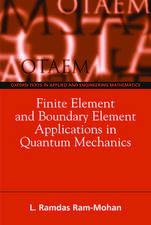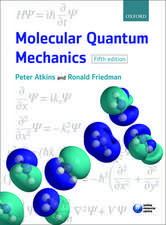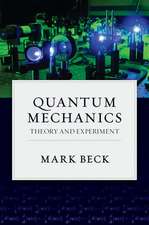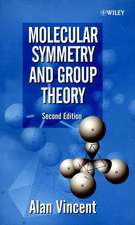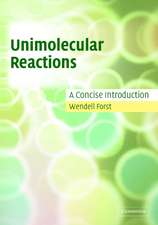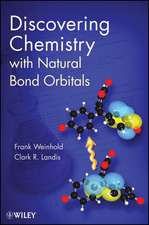Guide to Fluorescence Literature
Autor Richard A. Passwateren Limba Engleză Paperback – 3 apr 2012
| Toate formatele și edițiile | Preț | Express |
|---|---|---|
| Paperback (2) | 397.97 lei 6-8 săpt. | |
| Springer Us – 3 apr 2012 | 397.97 lei 6-8 săpt. | |
| Springer Us – 24 noi 2012 | 648.56 lei 6-8 săpt. |
Preț: 397.97 lei
Nou
Puncte Express: 597
Preț estimativ în valută:
76.16€ • 79.41$ • 63.30£
76.16€ • 79.41$ • 63.30£
Carte tipărită la comandă
Livrare economică 21 martie-04 aprilie
Preluare comenzi: 021 569.72.76
Specificații
ISBN-13: 9781468461978
ISBN-10: 1468461974
Pagini: 376
Ilustrații: VII, 367 p.
Dimensiuni: 178 x 254 x 20 mm
Greutate: 0.65 kg
Ediția:1967
Editura: Springer Us
Colecția Springer
Locul publicării:New York, NY, United States
ISBN-10: 1468461974
Pagini: 376
Ilustrații: VII, 367 p.
Dimensiuni: 178 x 254 x 20 mm
Greutate: 0.65 kg
Ediția:1967
Editura: Springer Us
Colecția Springer
Locul publicării:New York, NY, United States
Public țintă
ResearchCuprins
The Guide.- Section A (1950–1953).- Section B (1954–1956).- Section C (1957–1959).- Section D (1960–1964).- Section E (1953–1964).- Author Index.
Descriere
Descriere de la o altă ediție sau format:
The Guide to Fluorescence Literature is designed to free in vestigators and analysts of the tedious task of literature searching. It is disturbing to learn that duplication of research is still quite common. Martyn has reported that 31 percentofall researchers would have acted differentlyhad theyknown all that was known about the subject matter of their projects when they started them [New Scientist 21(377):338(1964)]. There are also reports indicating that the literature explosion has increased the gap between published reports and broad knowledge of their existence. It seems logical to assume that at least one-quarter of each research budget is wasted today because of duplicated effort. An exhaustive literature search should therefore be aprerequisite for any new research project. The Guide is intended to facilitate this task. The Guide is also intended to save valuable time and by call ing attention to articles in journals not available in the researcher's library and by indicating who else is working in the field and what they are doing. The Guide will assist in documenting papers and in pinpointing new concepts. Readers' comments on the first two volumes have been re warding and also an inspiration to improve the Guide further. Vol ume 3 contains a number of innovations that refine its organization and thus increase its usefulness. The most noticeable improve mentis the subgrouping of related papers into narrower categories.
The Guide to Fluorescence Literature is designed to free in vestigators and analysts of the tedious task of literature searching. It is disturbing to learn that duplication of research is still quite common. Martyn has reported that 31 percentofall researchers would have acted differentlyhad theyknown all that was known about the subject matter of their projects when they started them [New Scientist 21(377):338(1964)]. There are also reports indicating that the literature explosion has increased the gap between published reports and broad knowledge of their existence. It seems logical to assume that at least one-quarter of each research budget is wasted today because of duplicated effort. An exhaustive literature search should therefore be aprerequisite for any new research project. The Guide is intended to facilitate this task. The Guide is also intended to save valuable time and by call ing attention to articles in journals not available in the researcher's library and by indicating who else is working in the field and what they are doing. The Guide will assist in documenting papers and in pinpointing new concepts. Readers' comments on the first two volumes have been re warding and also an inspiration to improve the Guide further. Vol ume 3 contains a number of innovations that refine its organization and thus increase its usefulness. The most noticeable improve mentis the subgrouping of related papers into narrower categories.
